
The Audi A5 is now also available as a plug-in hybrid. Under the floor of the trunk is a battery pack comparable to that of the first Nissan Leaf. You can go quite a distance on just the electric motor. But what do you have left when the battery is empty?
Which variants of the Audi A5 are there?
The new Audi A5, as the former A4 is now known, is already available with two-liter four-cylinders (150 and 204 hp) and with a 367 hp mild-hybrid three-liter V6. In the latter case, the car is called S5. In addition, there are also diesels in various foreign countries, but they will not come our way. However, we will now get two plug-in hybrid variants under the name e-Hybrid. These are both based on the two-liter four-cylinder and have an electric motor between the combustion engine and the automatic gearbox (a 7-speed DCT). In both cases, you have quattro four-wheel drive. One PHEV has a system power of 299 hp and the other 367 hp. The latter is the same as the S5, although the PHEV is not presented as a top athlete. The PHEV powertrains are available in both body variants of the A5, the Limousine and the Avant, as Audi calls its hatchback and station wagon.
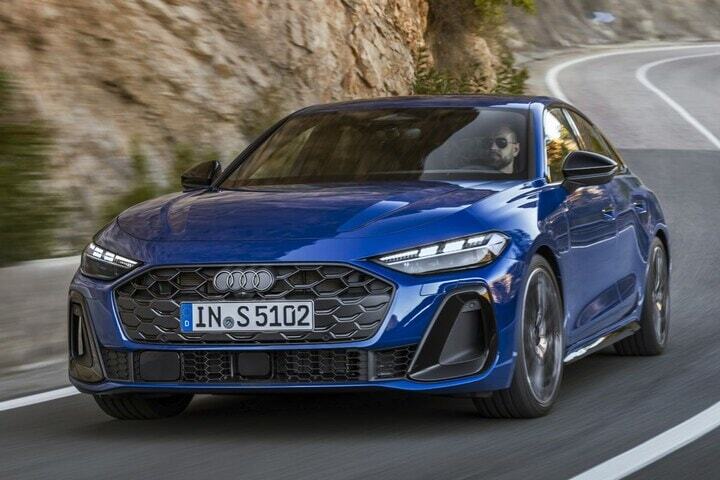
Muscle talk: with the three-liter V6, the Audi A5 suddenly becomes Audi S5.
How spacious is the PHEV station wagon?
From the outside, there is virtually no difference with the other A5s, you only recognize the e-Hybrid by small logos and the flap of the charging connection in the left rear screen. The differences are also minimal inside. The large glass screen dominates the dashboard, with the instrumentation directly in front of you and the infotainment system, which is fairly easy to understand, to the right of it. At the front, even with an above-average build, you have more than enough space, it takes no effort to find the ideal seating position. We had not sat in the back of the Avant before. But that is disappointing. With its higher roof that extends further back, we expected more headroom in the back of the station wagon, but we quickly brush the headliner with our crown. And the Audi does not push any boundaries with its legroom either. Further back, under the floor of the trunk, lies the substantial battery pack. As a result, the luggage space in the hatchback is only 331 liters and in the Avant you can only take a meager 361 liters for the D-segment. Compared to the four-wheel drive quattro versions, you lose 87 liters of space, with the front-wheel drive variants you can even take 115 liters more. Small consolation: the PHEV versions can tow a trailer of 1,900 kg, while that is 1,700 kg for the quattro and 1,500 kg for the front-wheel drive.
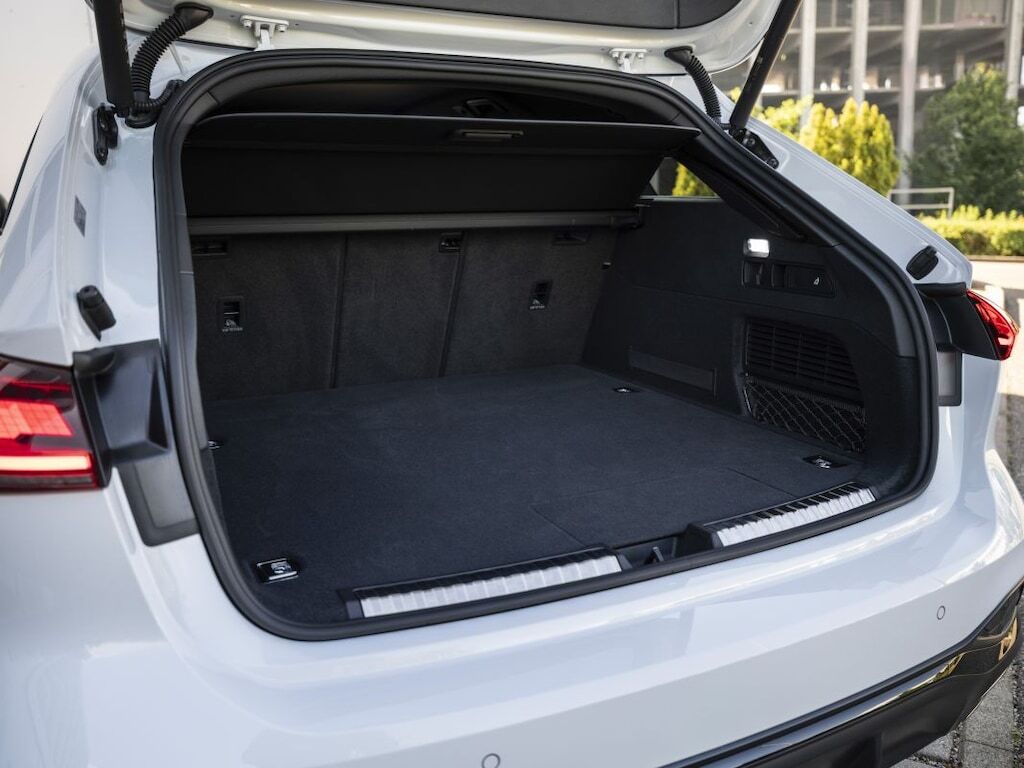
As a result of the large battery pack under the floor, you are left with a modest trunk, also in the A5 Avant.
What if the battery is empty?
In both the 299 hp and the 367 hp version, you have a 252 hp gasoline engine and a 143 hp electric motor. The system power is purely software-determined. In neither version do the engines peak simultaneously, the bits and bytes determine which engine may contribute to what extent at what time. Our first acquaintance is with the 299 hp Avant. The interaction between the four-cylinder, the synchronous motor and the seven-speed automatic transmission is neat, the engines complement each other perfectly. Only when you pay attention do you notice that it is occasionally switched back and forth. The transition from electric to gasoline and vice versa is almost shock-free, but not always unnoticed: the four-cylinder sometimes comes to life with a grunt. It is mainly your ears that notice that the combustion engine is starting to work, but we do not suffer from unwanted vibrations or tremors. Movements of the easy-to-dose accelerator pedal are neatly followed. We never feel that we are missing something, not even when the battery is almost empty. Then the A5 e-Hybrid behaves like a normal hybrid. And when the gasoline engine is completely alone on longer highway journeys, it also performs its task perfectly.
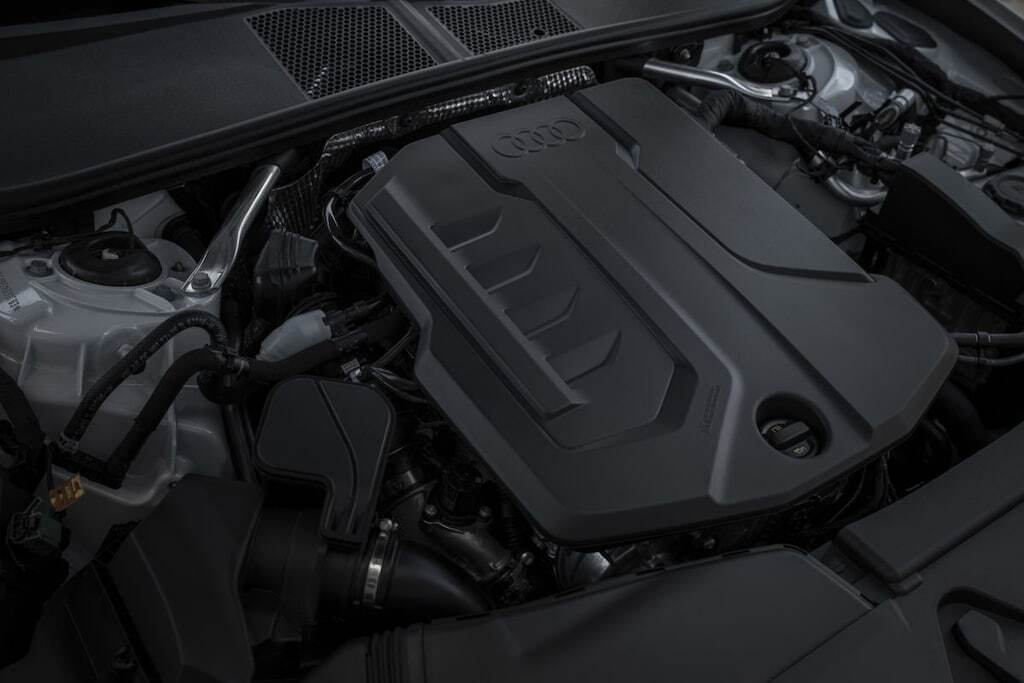
Whether it has to do it together with the electric motor or completely alone, the gasoline engine performs its task perfectly.
How far do you get on a full battery?
The battery pack has a gross capacity of 25.9 kWh, of which you can use 20.7 kWh net. Those are figures that belonged to an electric car 15 years ago: the battery of the Nissan Leaf at the time had a gross capacity of 24.0 kWh, of which 22.0 kWh remained net. That is hardly imaginable these days. If you choose to drive the A5 fully electric by pressing the EV button, you should be able to travel 110 km with the hatchback and 108 km with the Avant on a full battery, according to the specifications. In practice – if you don’t go too crazy – a range of somewhere between 90 and 100 km is certainly achievable. There is nothing wrong with that. As long as your journeys are not longer than that, the A5 PHEV behaves as a brave EV for daily use, partly thanks to its electric top speed of 140 km/h.
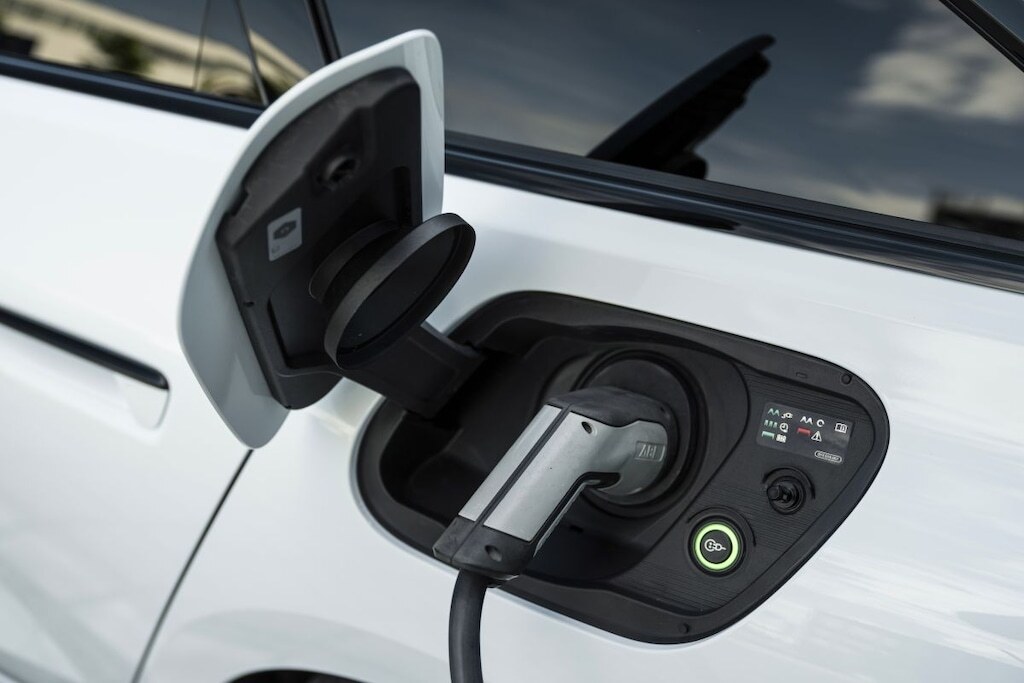
Charging is possible with a maximum of 11 kW alternating current. A fast charging connection is not necessary: if the battery is empty, the A5 e-Hybrid still has a gasoline engine
How does the Audi A5 e-Hybrid drive?
Our introductory car has a two centimeter lowered sports suspension with adjustable shock absorbers. Unfortunately, that does not hide the fact that the A5 e-Hybrid is a heavyweight. The Avant weighs 2,060 kg (the Limousine 2,045 kg), 320 kg more than the four-wheel drive without PHEV technology. You notice it when you go around the corner and we also feel the mass push through a little more than normal on bumps. However, the car lies stably on the road and the chassis easily masters the drive forces, not least thanks to the four-wheel drive. It is not a sports car, even in the dynamic driving mode the emphasis is still on comfort. And although the steering feels a bit synthetic and distant, the car is easy to keep on course. Just like for the other drive variants, Audi also has a whole range of electronic assistance systems for the A5 e-Hybrid. These are not all standard, but they function perfectly.
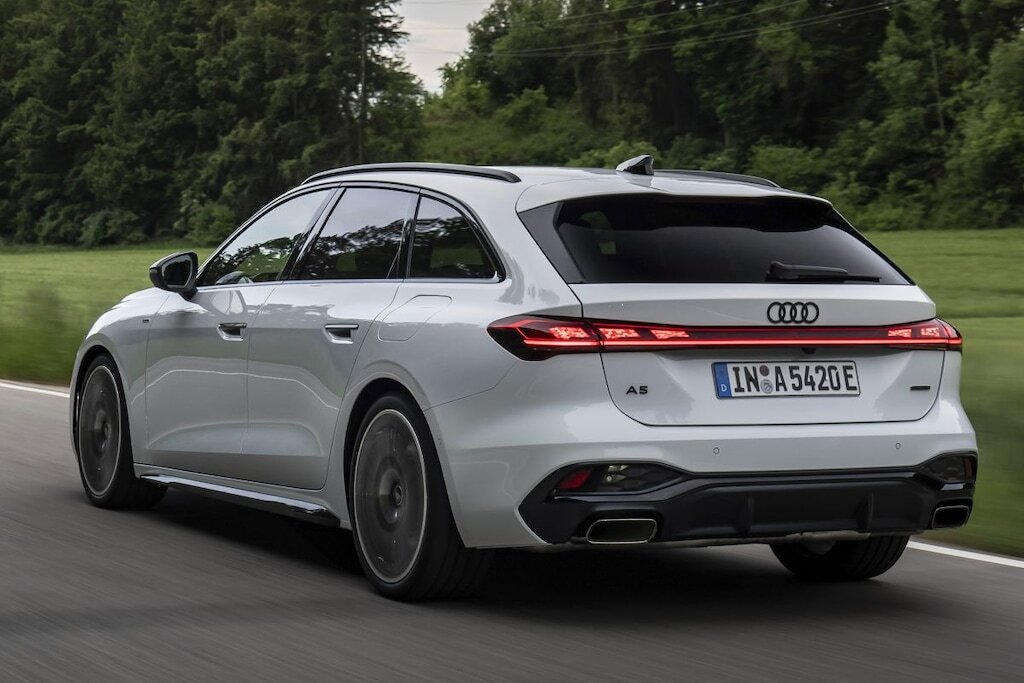
Even with a sports suspension, the A5 e-Hybrid drives comfortably, the weight of the PHEV technology leaves its mark.
What does the PHEV technology cost?
The PHEV technology entails the necessary extra costs. However, because the CO2 emissions of the e-Hybrids are low, the bpm amount in the Netherlands is very favorable. As a result, the A5 e-Hybrid is in the price list from €57,490. That is only €500 more than is asked for the cheapest A5, the 150 hp front-wheel drive. For that €500 extra you get twice as much power and four-wheel drive into the bargain. If you can charge the battery from your solar panels, you drive for free, and if you don’t feel like charging, the car behaves like an economical hybrid. That sounds very tempting. But well, there ain’t no such thing as a free lunch: you sacrifice luggage space and the PHEV is certainly not a lightweight. Nevertheless, we can imagine that many can live with that and the e-Hybrid might just become the best-selling A5.
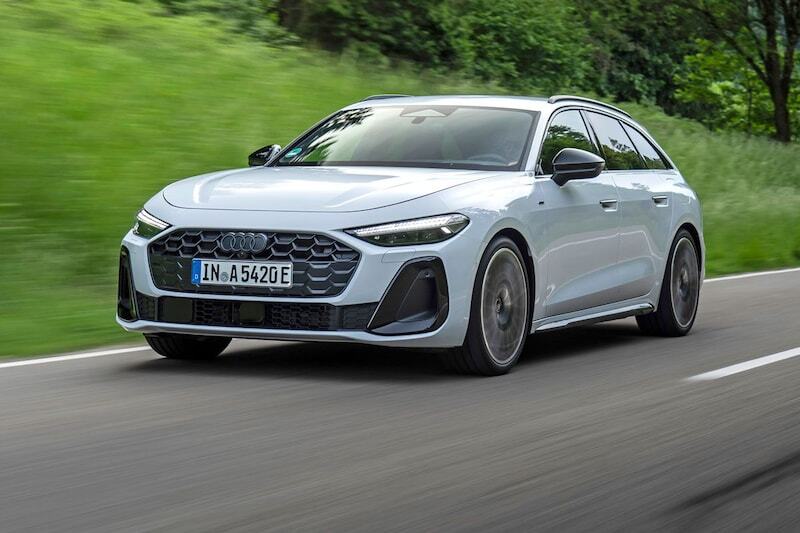
Verdict
For € 500 extra you get an Audi A5 with twice as much power as the basic version and four-wheel drive into the bargain. If you can charge the battery from your solar panels, you drive for free, and if you don’t feel like charging, the car behaves like an economical hybrid. That sounds very tempting. But well, there ain’t no such thing as a free lunch: you sacrifice luggage space and the PHEV is certainly not a lightweight. Nevertheless, we can imagine that many can live with that and the e-Hybrid might just become the best-selling A5.